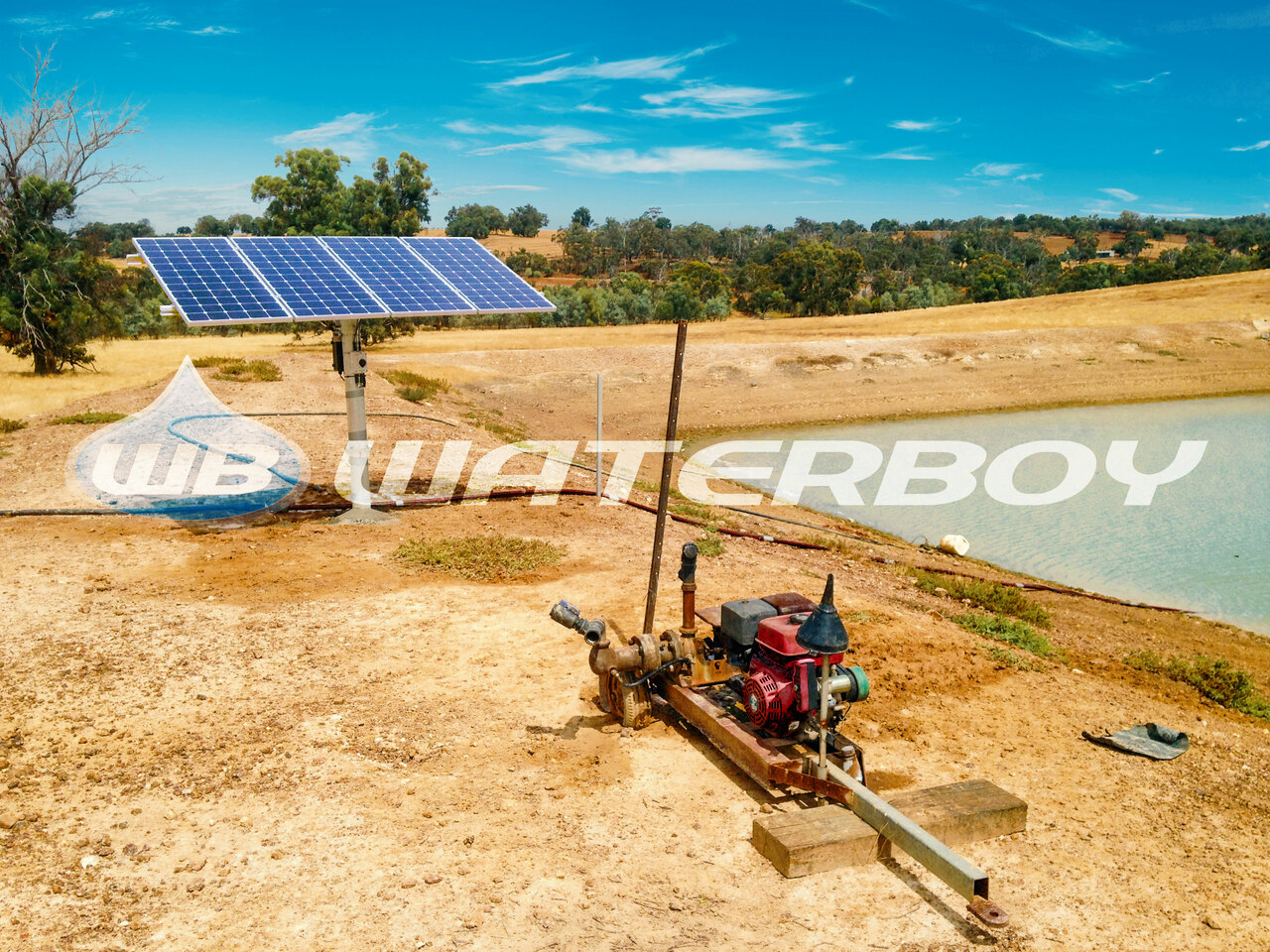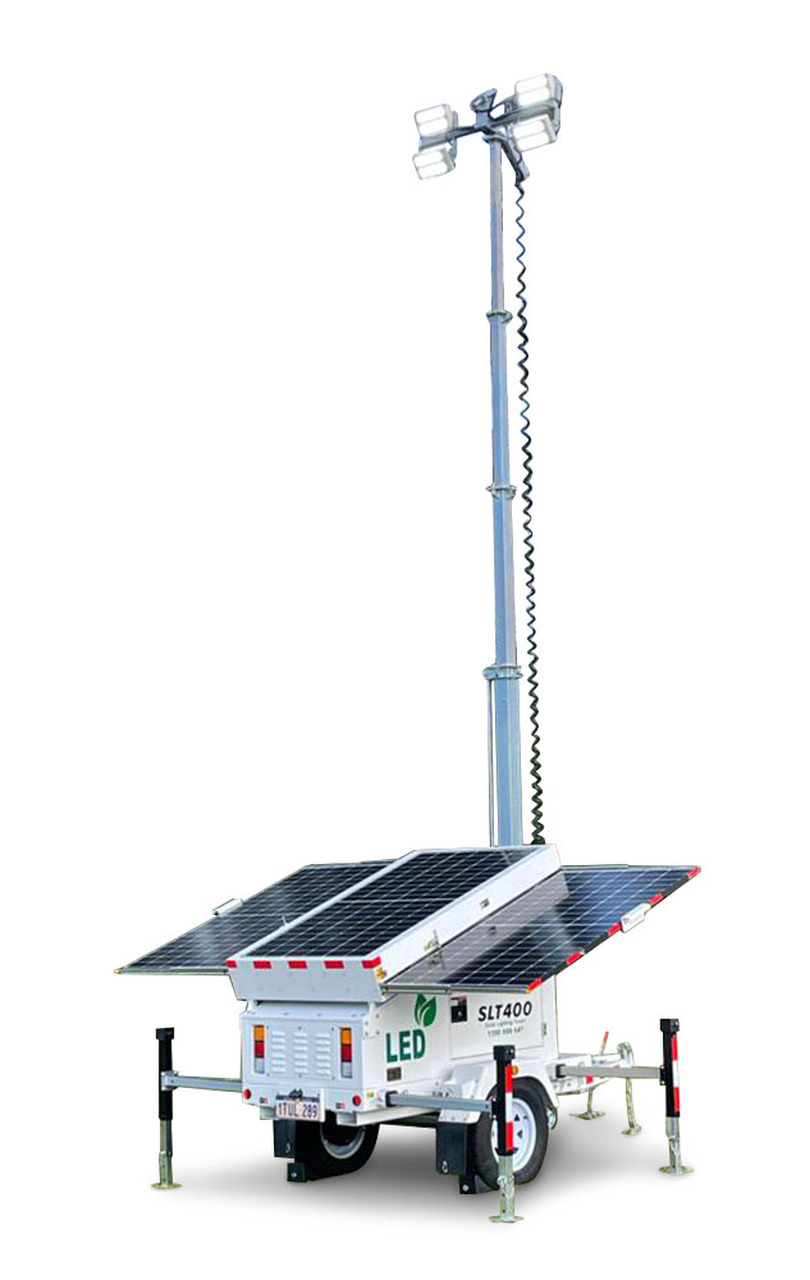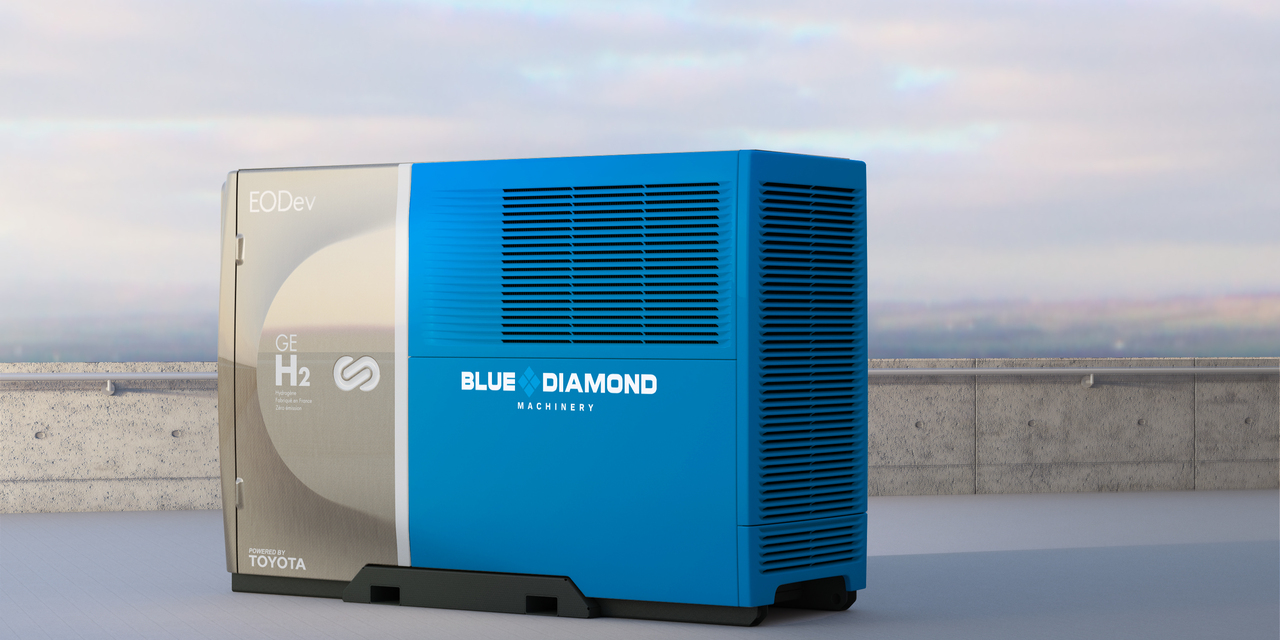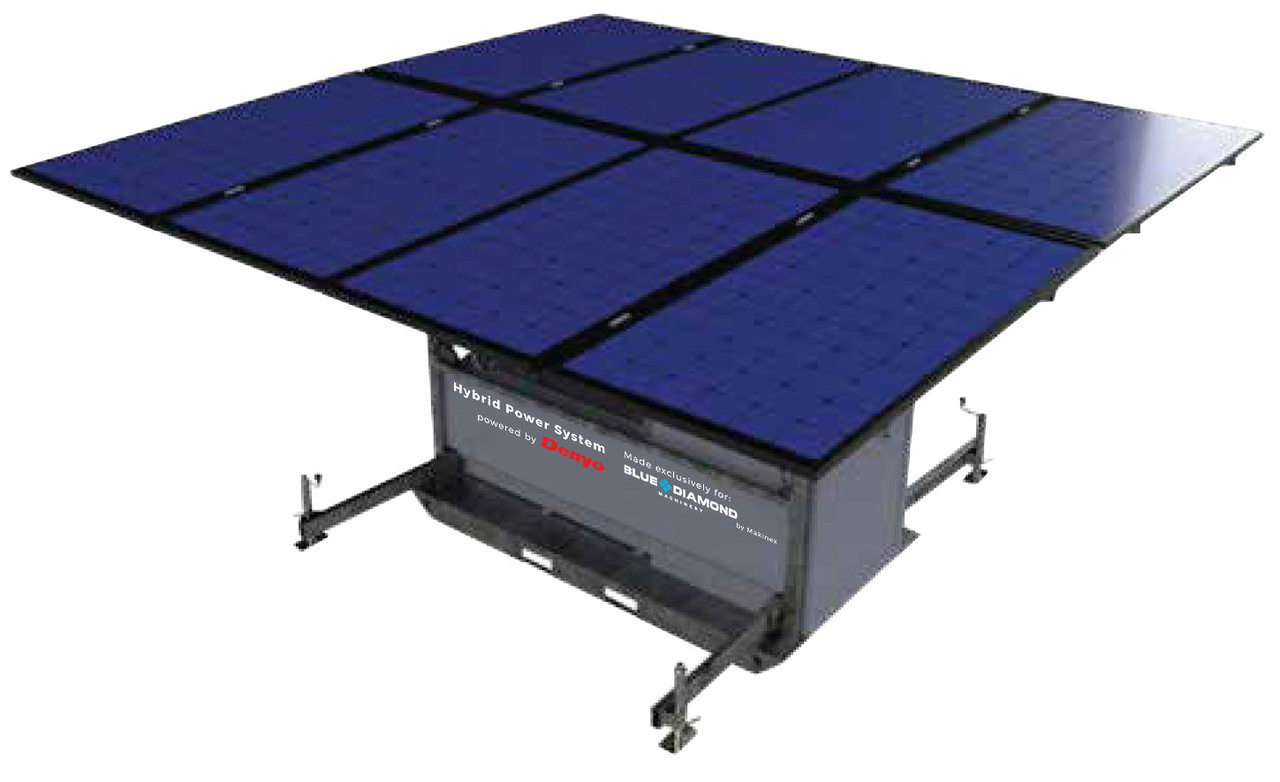What is Renewable Energy?
15th Nov 2021
Many industries are turning to renewable sources of energy to power their projects, operations and worksites in pursuit of reducing greenhouse gases. Let’s look at what renewable energy is and how it can benefit the environment.
Renewable Energy vs Non-Renewable Energy
Industries use renewable and non-renewable energy every day. The difference between the two is that renewable energy comes from resources that are replenishable while non-renewable sources of energy are finite and not sustainable.
Renewable Energy:
Water, wind and solar are common types of renewable sources used to generate power. Because they are replenishable, they never run out, creating an ongoing and sustainable source of energy, unlike fossil fuels or coal. Renewable energy can also work cohesively with other forms of energy to produce electricity.
Non-Renewable Energy:
Fossil fuels, coal, natural gases and nuclear energy are all examples of non-renewable energy. These resources are not sustainable with only a certain amount of resources available on earth and are not replaceable. Non-renewable energy sources also release high levels of greenhouse gases into the atmosphere, damaging the environment and lowering air quality.
Types of Renewable Energy
From ocean waves to wind, there are six common types of renewable energy sources that we use to generate power and heat:
Solar Power: The sun provides an infallible source of renewable energy and is one of the most reliable resources available. Solar panels will absorb energy from sunlight to generate power. Solar panels generate power for worksites, offices, households and large scale applications in the construction and mining industries.
Wind Power: Turbines catch the wind, driving them to spin and generate power via an electrical generator. To work effectively, turbines require two things: the right amount of wind to spin; and the right amount of distance between each turbine to ensure wind turbulence won’t affect the other.
Bioenergy: Energy is generated from converting waste and organic matter into heat or electricity.
Hydropower: Hydropower uses a body of water via a dam or other structure to navigate the continuous water flow to recharge and generate electricity. It is one of the oldest and largest sources to generate energy and is a great source of renewable energy in places where there is little sunshine.
Geothermal: Water is sourced from underground areas with a high temperature, using its steam to spin turbines to generate power or heat.
Tidal: Tidal energy produces power using the surge of ocean waters. It will rely on the movement and force of the tides.
Advantages of Renewable Energy
Using renewable energy breaks into a new era of technological and environmental advancements as governments steer a pathway towards a clean energy transition. Here are some of its main advantages:
Cleaner sources of energy:
Centuries of emitting carbon dioxide via burning through fossil fuels, coal and gases have taken a significant toll on the environment. Renewable energy is a self-replenishing way to produce electricity without polluting the environment with greenhouse gases.
Endless resources:
Renewable sources can continually replenish to generate energy. Not only does this mean that we have a limitless supply source but it also equates to continuous, stable power for small or large scale applications.
Cost-efficient:
After the initial setup of the system, renewable sources are immediately available on-site for continual use. Most renewable systems are set up to store any excess energy they take on to charge the batteries, so you are left with reliable and immediate power whenever you need it. It also drastically saves on fuel and maintenance costs in the case of hybrid power systems.
Why Is Renewable Energy Important?
Renewable sources are clean, infinite and can be used anywhere on earth to generate energy. The demand for cleaner energy sources is significantly growing in an attempt to slow climate change and reduce the production of greenhouse gases and carbon emissions.
The energy transition is transforming how major industries such as transport, mining and construction continue to operate. In doing so, governments around the world are steering pathways and policies to lower overall emissions worldwide.
Renewable energy not only provides a cost-effective way to generate power, but it does so infinitely, continuously and quietly. With the capability of running large scale operations 24/7 with minimal disruption, renewable sources take away the reliance on fuel and other non-renewable forms of energy.
Renewable Energy Applications
The everlasting opportunity of renewable energy creates a demand for their use within large-scale operations across a variety of industries. As a result, renewable energy is a ground-breaking solution to a variety of applications in the following industries:
- Telecom
- Mining
- Construction
- Retail/Department Stores
- Technology Sectors
- Education Facilities
- Manufacturing Facilities
Types of Renewable Power Solutions
Cleaner energy sources are versatile across construction, industrial and mining industries. Here are some common types of sustainable power solutions that are available:
Solar Water Pumps
Solar water pumps are directly powered by the sun via an electric system. Water can be transferred in remote areas where there is no access to a water main. They are suitable for agricultural industries in rural areas as well as construction, industrial and mining operations requiring remote access to a continuous water supply.
Solar Light Towers
Self-sufficient solar light towers operate during the night without noise, fuel and do not require ongoing maintenance. They will use solar power to generate power via a battery system and can withstand harsh weather conditions. Solar light towers easily provide power suitable for civil, mining, industrial and construction worksites.
Hydrogen Generators
Hydrogen generators produce hydrogen energy through the process of electrolysis using water and filtered air. Hydrogen will then generate power through a battery-charged system to power up work sites, industrial and mining applications. Some hydrogen generators can produce up to a 1MVA optimised power output.
Hybrid Power Systems
A battery-charged system absorbs and stores renewable energy to generate power, only relying on a backup fuel-based generator when battery levels are low on charge. Hybrid power systems are optimal for large-scale, long-term operations across construction, industrial and mining industries.
Geothermal Heat Pumps
Geothermal heat pumps take advantage of underground water temperature to generate power, heat and hot water. They are suitable across residential, commercial and building applications and can be installed through a variety of underground systems.
Committed to Achieving Net-Zero Emissions
Blue Diamond Machinery is devoted to providing emission-free equipment across Australian construction and mining sites. With a dedicated team and over 30 years of industry experience, Blue Diamond Machinery can help you with your renewable requirements. We supply our renewable range Australia-wide, from Melbourne and Perth locations to Sydney, Brisbane and Adelaide. Wherever you are located, we can assist. If you would like further guidance from one of our team members, please contact Blue Diamond Machinery on 1300 998 647.







